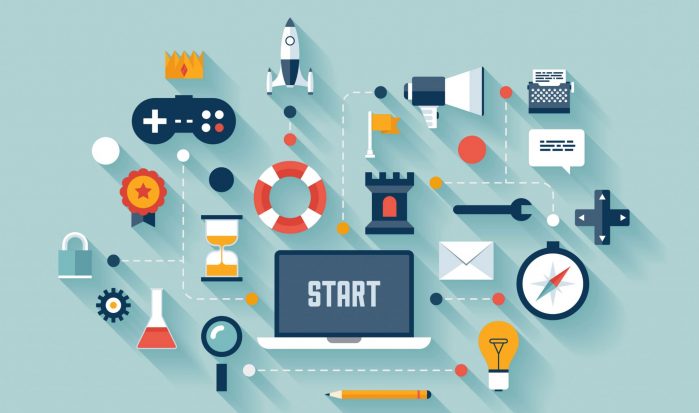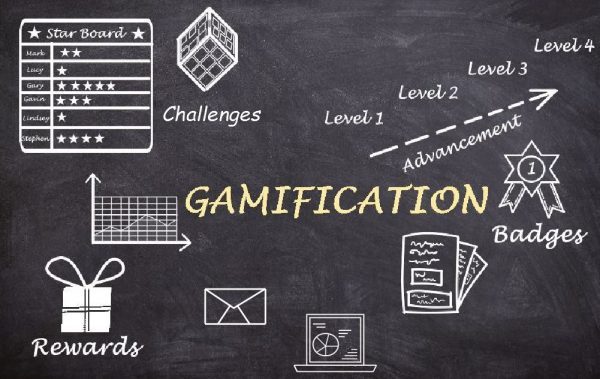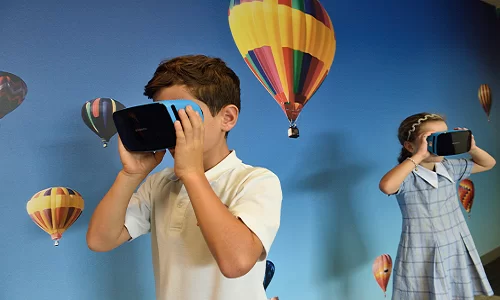Gamification works on the foundation of applying game mechanics and design to non-gaming contexts, such as learning, with the objective of providing a more fun and engaging experience in conventional contexts. This promotes engagement, participation, and loyalty. Thus, the implementation of gamification in learning and teaching has been a source of great interest for educators worldwide. This post introduces the concept of gamification in teaching and learning and offers certain applications of gamification techniques.
If you want to know in detail what gamification is, you can refer one of our old blogs here.
Aspects of Gamification
The applications of gamification are now observable in a plethora of scenarios. It is implemented based on the context it is applied to. Moreover, various entities are adapting to gamification. These even include the U.S Army, multinational corporations, and educational institutions.
A few aspects of gamification that have attracted the scholars and policymakers of our society have been listed below.
- The positive reinforcement approach is the cornerstone of gamification. The use of rewards is a great motivator for achieving results. Additionally, this promotes healthy competition, where the students can track their progress and try to achieve the top status.
- A clear reward-based system provides a motivating platform for improvement, making activities and quizzes more exciting. Adding motivators to the classroom increases the level of learner engagement. These motivators serve to elevate learner experience and curiosity.
- This approach makes it easier for students/users to retain what they are taught. Having fun while learning is a proven strategy for information retainment and retrieval.
- Expect instant feedback after and during every activity. As a result, every task or activity undertaken can be modified and improved on the fly, at every step of the learning journey.

Gamification Contexts
Gamification is already a part of modern classrooms. Creating a leaderboard/starboard in the classroom is also an implementation of gamification in teaching and learning. The top scorers of a test, the students who perform well in activities, or the ones who create the best art project get a star on the board or a badge. This turns the classroom into an interactive space where games function as ancillary tools for learning.
1. Rewards Galore!
A reward system can be set up, where successfully answering a difficult question, scoring the highest on a test, or being the most active class participant earns you a reward. As an example, Khan Academy is a widespread platform that has gamified online learning – you gain points and badges to track progress as you watch more and more instructional videos and solve various problems.
2. Reinvent the Grading System.
The grade every student receives at the end of a semester can correspond to the experience they collected throughout the course period. Submitting projects on time, being regular to the class, and actively taking part in classroom activities are some of the ways to gain experience. This tracks student progress and motivates them to collect more experience as it leads to higher grades and other rewards.
3. Introduce Competition.
A bit of friendly competition brings out the best effort in students. Moreover, learners often find tasks that involve competition highly engaging. Gamification techniques boost the morale of the students and encourage them to participate in the activities.
4. Boost Informal Learning: Gamify Homework.
Educators involved in gamification try to make games that translate learning into informal environments outside of classrooms as they feel that the hours spent in classrooms are often inadequate for learning. Gamification allows and inspires curiosity for learning, even after the school bell has rung.
Students can receive certain quests that they complete as a part of their homework. Additionally, these quests may involve activities that, upon completion, offer some rewards in the form of extra marks.
Gamification receives wide criticism for using rewards as bait. Educationists have argued that the urge to receive rewards undermines the fundamental drive to learn. However, many psychologists have backed the technique with considerable evidence of its effectiveness. Gamification augments learning in a creative manner that not just aids cognitive development in children but also hones problem-solving skills. The use of games is not a replacement for pedagogy but an auxiliary resource that is in place to boost learning.
Sources used for research:
- TopHat blog page
Visit out blog for further reading about learning techniques and teaching methodologies. Create.Engage.Inspire















